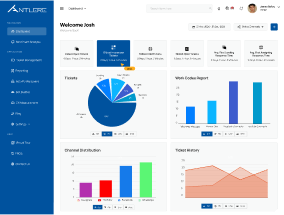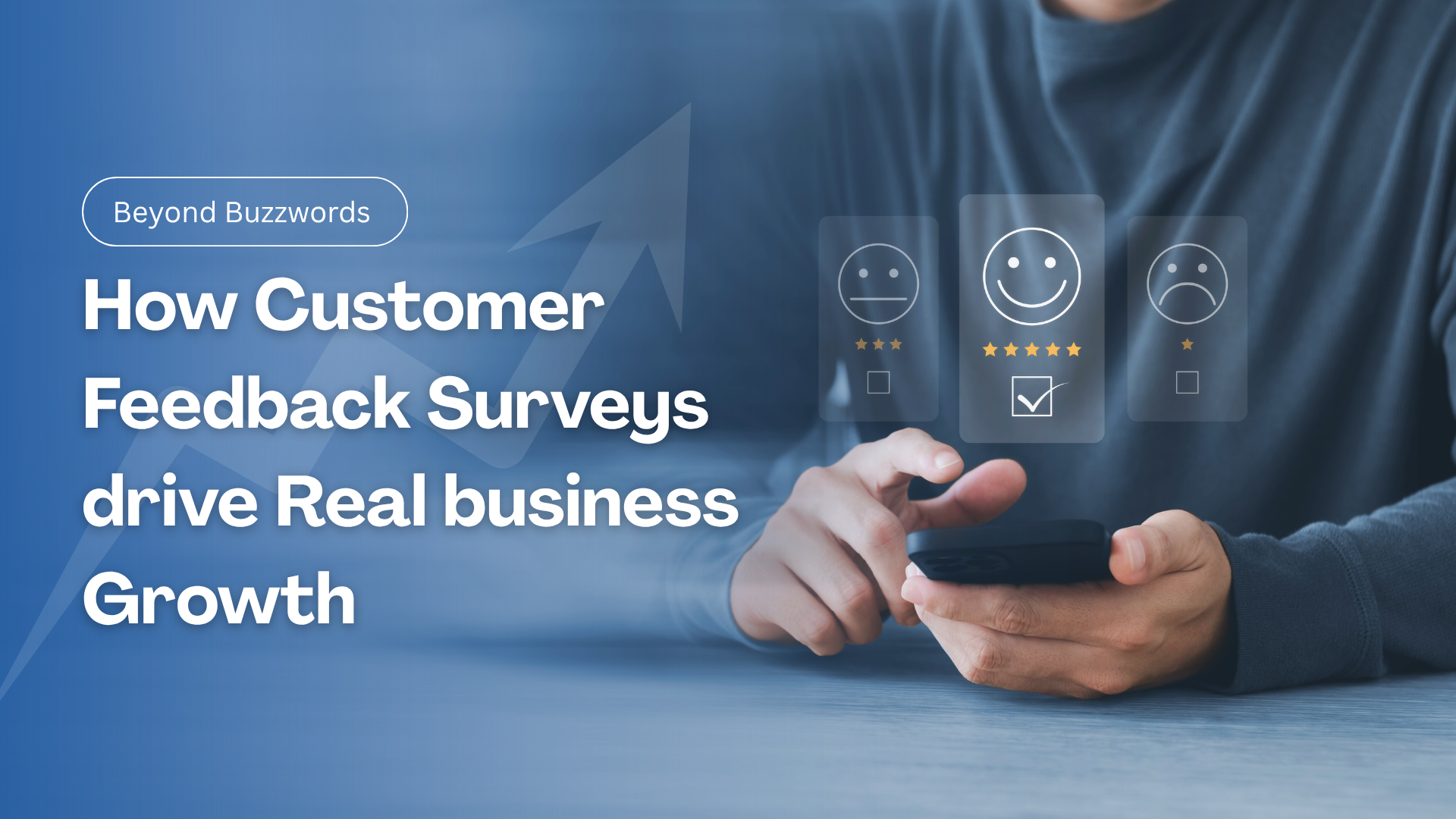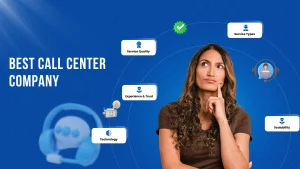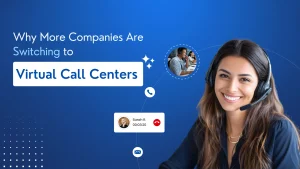Any successful business is made through the knowledge of its customers. CFSs are not just another survey; they represent the most immediate way of converting raw customer feeling into business strategy.
Organizational learning can be achieved through systematic questioning of the correct questions at the correct moment to get beyond guesses and determine precisely what aspects of their products, services and experiences make them delighted or disappointed.
This handbook examines the critical elements, forms, and principles of developing and utilizing customer feedback surveys in order to unleash high customer satisfaction score (CSAT) and sustainable loyalty.
What are customer feedback surveys?
Customer feedback surveys are officialized devices by companies that are employed to gather, examine and take needed action on insights within the encounter a customer has had with a company, a product or a service. The questionnaires are usually structured (such as rating scales) and in most cases have a qualitative part that is open ended to collect the qualitative data.
They will be tailored to assess such key performance indicators as the customer satisfaction score (CSAT), Net Promoter Score (NPS), and the customer effort score (CES). Essentially, these surveys will give the information needed to Legislate internal operations to the anticipations of the external customers in the sense that all the touchpoints will be of worth and the least quantity of negativity.

Why is gathering customer satisfaction data valuable information?
Gathering customer satisfaction data is valuable information because it directly correlates with retention, loyalty, and revenue. Customers who feel heard and whose issues are addressed are significantly more likely to remain loyal and become advocates.
With efficient deployment of customer feedback surveys, businesses are able to track how customers’ sentiment is changing over time, identify minor problems that might lead to major ones resulting in churn.
Moreover, quality satisfaction data can offer tangible data of what exactly the customers value in their interactions with the company and the features, and companies can invest in world-class experiences in a way that will be worth the price and will motivate repeat buying.
What types of surveys should be used to analyze different levels of organizational detail?
To analyze different levels of organizational detail—from product features to service speed you need to employ a range of specialized customer feedback surveys.
- Net Promoter Score (NPS) Surveys gauge overall loyalty and the likelihood of a customer recommending your brand. This provides a high-level strategic metric for the entire organization.
- Customer Effort Score (CES) Surveys measure how much effort a customer had to expend to complete a task, such as resolving a support issue or using a product feature. The customer effort score (CES) is particularly useful immediately following an interaction with a service representative or a key customer journey touchpoint.
- Customer Satisfaction Score (CSAT) Surveys measure short-term happiness with a specific interaction, product, or service. Calculating your customer satisfaction score (CSAT) provides crucial, timely data, typically asking customers to rate their satisfaction on a scale (e.g., 1-5).
- Product and Usage Surveys explore the detail of customer utilization on certain features, which assists in informing product development work and finding areas of potential friction that were not utilized by the customer effort score (CES).
These various kinds enable you to see the process at the high-level strategic perspective all the way to the details of the tiniest task, and with which you are presented with means of finding the opportunity to improve it at all touchpoints of the customer journey.
What are the practical steps required to successfully create, validate, and optimize a survey?
Successfully creating, validating, and optimizing customer feedback surveys requires a disciplined approach to design and deployment.
- Define a Clear Purpose: Determine what exact measure you wish to measure (e.g. make the customer effort score (CES) better during onboarding or increase the customer satisfaction score (CSAT)).
- Design for Simplicity and Mobile: Make the survey concise (no more than 10 questions) and mobile-friendly as maximum because a lot of consumers fill surveys using their gadgets. Keep language simple and not jargon and do not ask two things in one question (a question that is said to require two answers but can answer only one).
- Strategically Mix Question Types: Mix quantitative rating scales (of metrics) with qualitative open-ended questions. You should always give unsolicited open-text responses–this is when you get the most specific and surprising responses.
- Time and Target Correctly: Link the survey to specific, recent customer journey touchpoints. For instance, send a customer effort score (CES) survey immediately after a service interaction. Avoid survey fatigue by not quizzing the same customers repeatedly.
- Act and Close the Loop: The data is useless until you act on it. Analyze trends, use unsolicited open-text feedback to prioritize fixes, and respond quickly to negative responses to perform immediate risk mitigation and build trust.

Conclusion
Learning to use the customer feedback surveys does not involve data collection but rather a system of constant improvement that is driven by the voice of the customer. You are now more than measurement by strategically timing your deployment at important customer journey touchpoints, specific customer service metrics like the customer satisfaction score (CSAT) and customer effort score (CES), and unsolicited customer open-text feedback.
You establish a company focused on the ruthless quest to achieve outstanding customer experience, guaranteeing loyalty in the long term and healthy growth.









